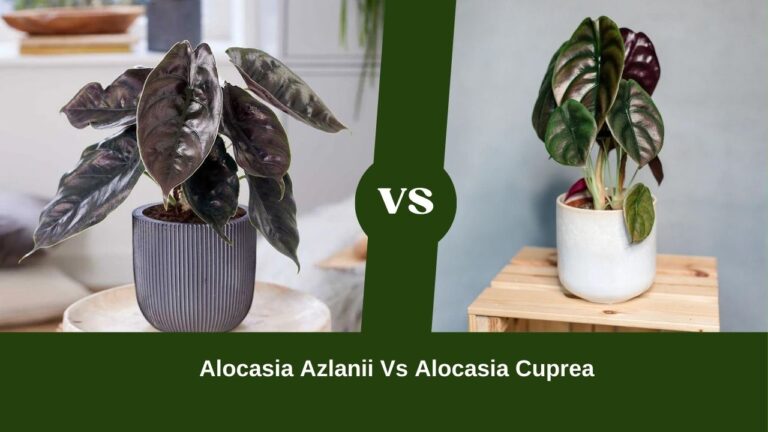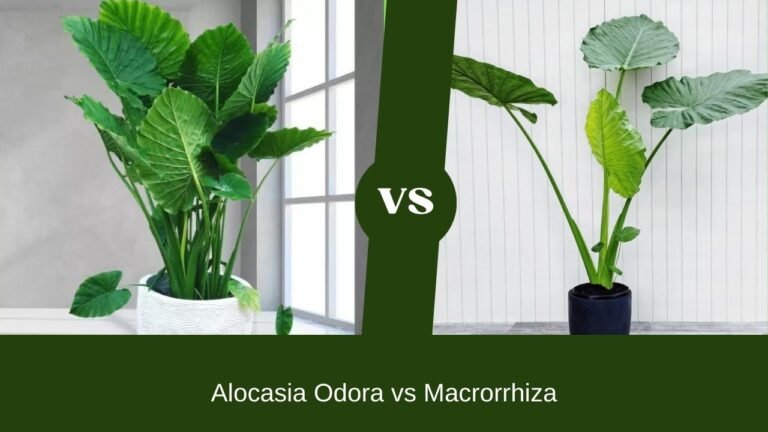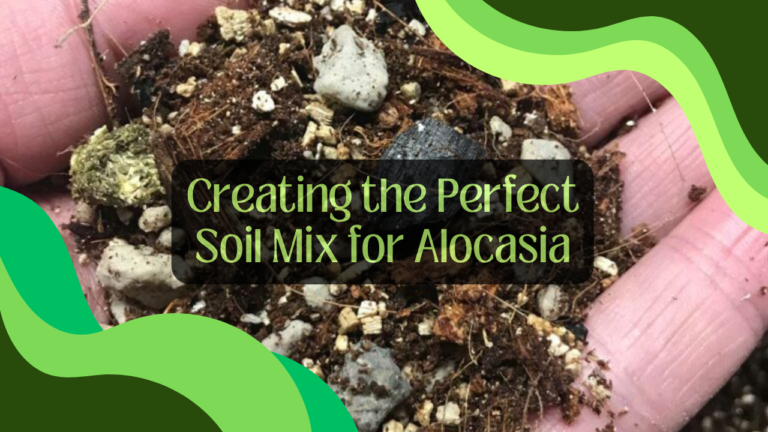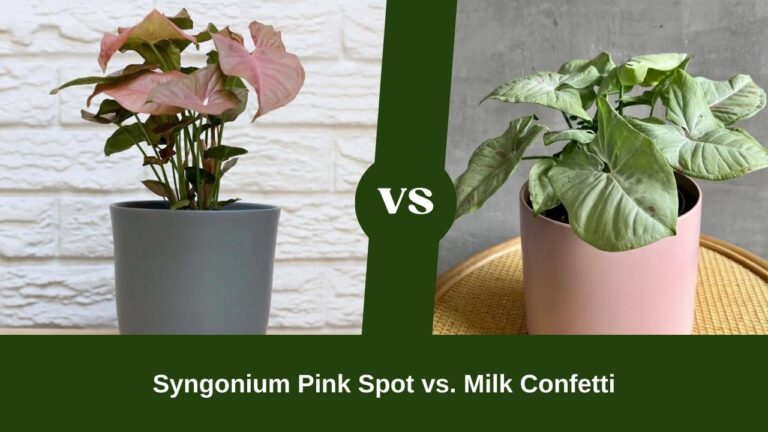15 Medicinal Plants to Grow at Home
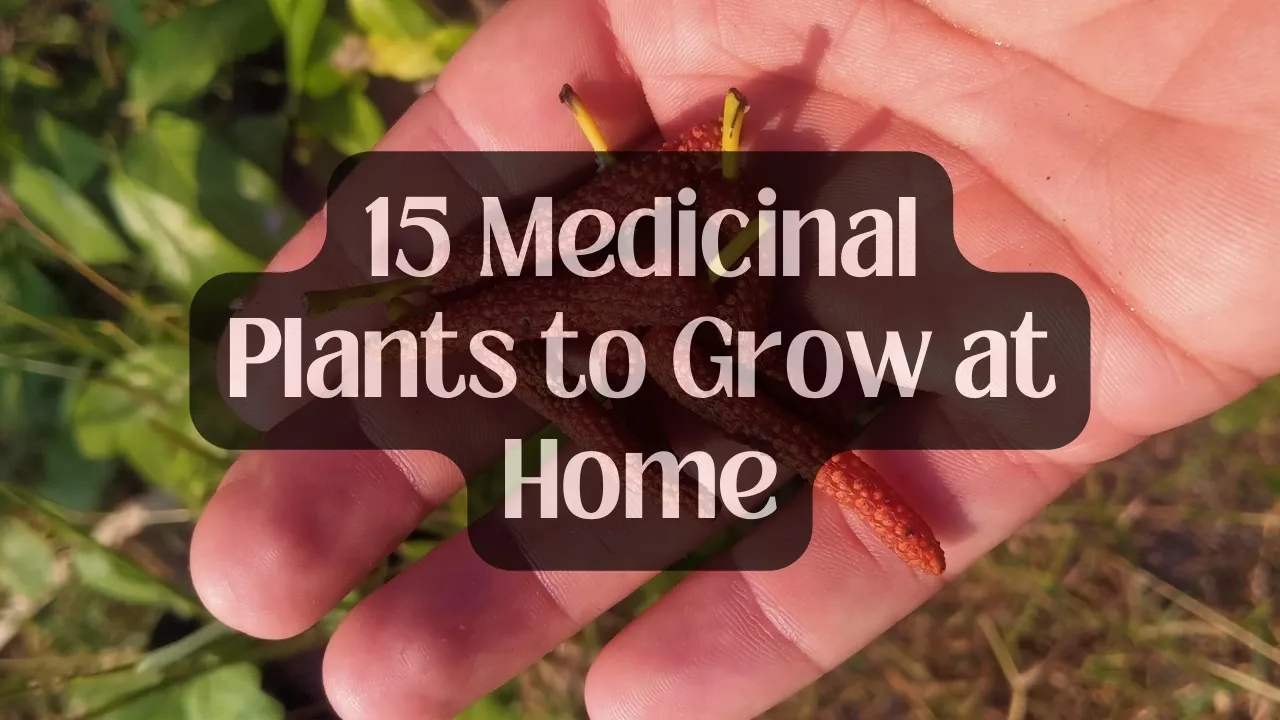
Ever wish you had a natural remedy for everyday woes growing right at home? Well, you can! In addition to adding aesthetic value to an interior space, medicinal plants can be applied in a variety of therapeutic contexts.
Thai article will provide a list of medicinal plants to grow at home. This list is packed with 15 super-easy plants that are kind to your garden and kind to you. We’re talking aloe vera for sunburn relief, lavender for relaxation, and even yummy herbs to boost your mood and digestion.
Best part? Most of these require little effort to grow, so anyone can become a homegrown medicine pro. Let’s get started!
15 Hand-Picked Medicinal Plants for Your Home
Looking for herbs that add beauty and benefit to your home? This list is for you! These easy-to-grow herbs are not only delicious in cooking but also offer natural remedies for common ailments.
1. Aloe Vera
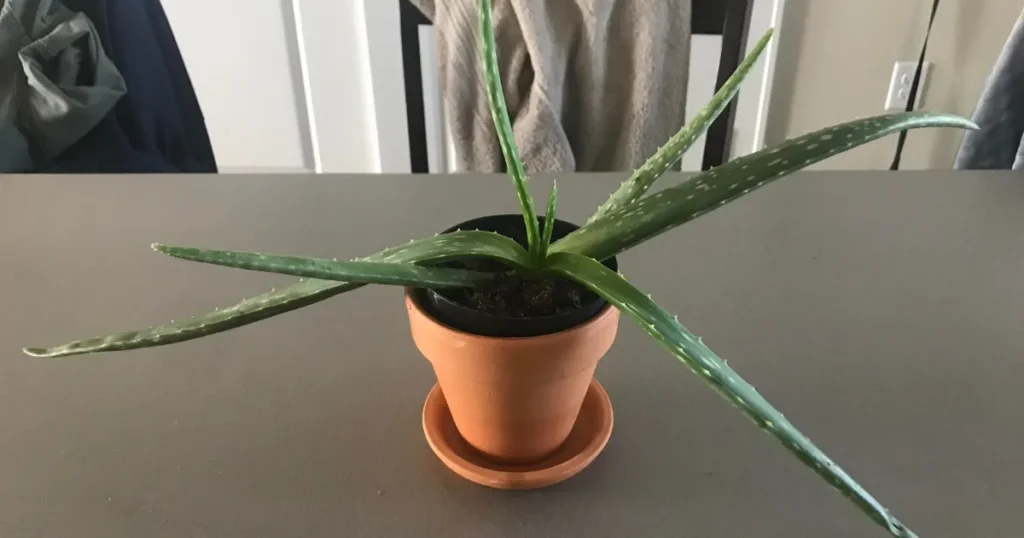
Why it’s great? This low-maintenance plant stores water in its leaves, making it perfect for forgetful plant parents. Plus, the gel inside those leaves is a natural soother for burns, cuts, and sunburns.
- Pros: The Aloe Vera care guide is easy to follow, long-lasting.
- Cons: Can be poisonous if eaten, so keep it out of reach of pets and children.
2. Lavender
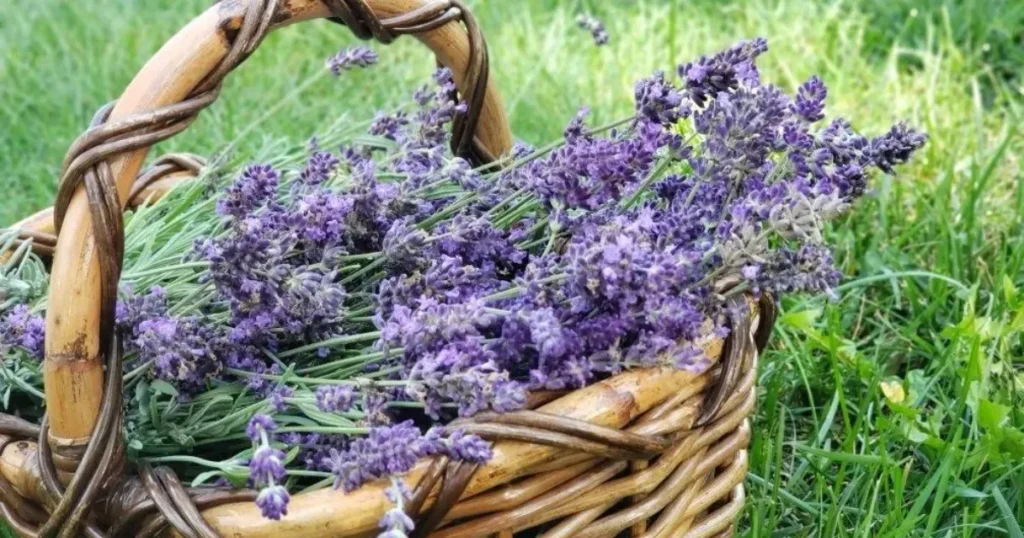
Why it’s great? This fragrant beauty thrives in sunny spots and fills your home with a relaxing aroma. Dried lavender flowers can be used in sachets for a calming scent or brewed into tea to ease anxiety.
- Pros: Drought-resistant, smells amazing.
- Cons: Needs well-draining soil to avoid root rot.
3. Peppermint
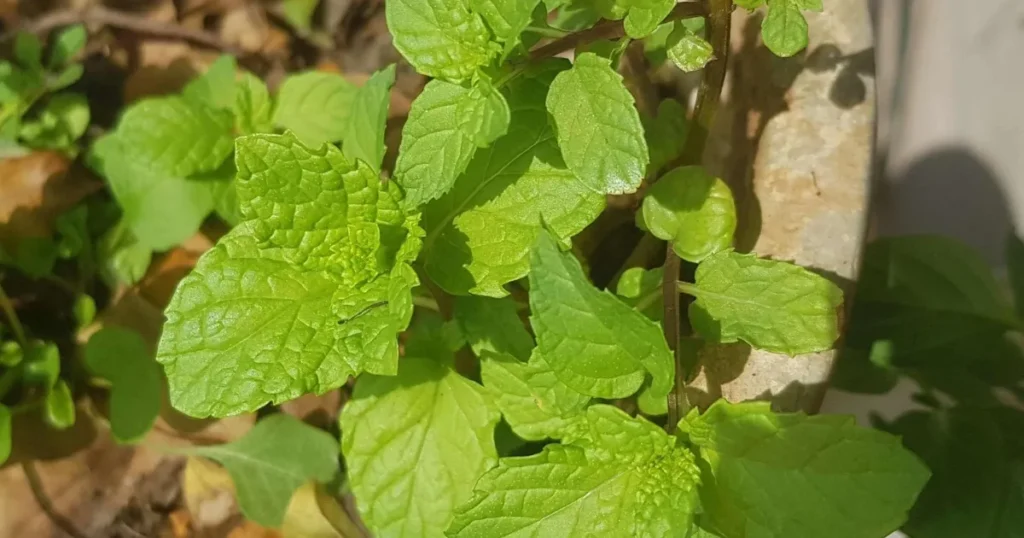
Why it’s great? This fast-growing herb is a breath of fresh air, both literally and figuratively. Peppermint leaves can be brewed into tea to settle an upset stomach or add a refreshing twist to your cooking.
- Pros: Grows quickly and has many uses.
- Cons: Can spread aggressively in gardens, so plant it in a pot or use a barrier to keep it contained.
4. Chamomile

Why it’s great? This delicate flower prefers cooler temperatures and is known for its calming properties. Chamomile tea, made from dried flowers, can help you relax and get a good night’s sleep. It’s also gentle on the stomach.
- Pros: Attracts helpful insects to your garden.
- Cons: Needs regular watering to stay happy.
5. Echinacea
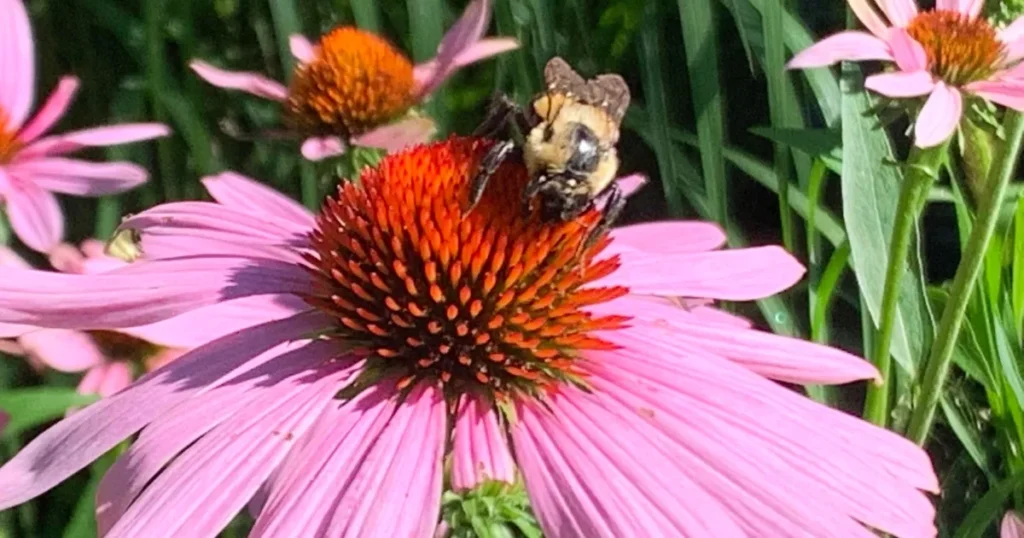
Why it’s great? This vibrant flower is a favorite among Native Americans for its immune-supporting properties. Echinacea root and flower can be used in teas to help fight off colds and flu.
- Pros: Tolerates dry conditions and attracts butterflies to your garden.
- Cons: Takes a while to establish itself, so be patient!
6. Rosemary

Why it’s great? This fragrant herb thrives in sunny spots and is known to improve focus and memory. Add rosemary leaves to your cooking or brew them into tea for a cognitive boost.
- Pros: Deer won’t munch on it, and it fills your home with a lovely aroma.
- Cons: Starting rosemary from seed can be challenging, so buying a small plant might be easier.
7. Thyme

Why it’s great? This low-growing herb prefers dry, rocky soil and has natural antibiotic properties. Gargle with thyme tea to ease a sore throat or add it to your cooking for extra flavor.
- Pros: Thyme forms a beautiful fragrant ground cover, perfect for walkways.
- Cons: Avoid overwatering thyme, as it can lead to root rot.
8. Lemon Balm
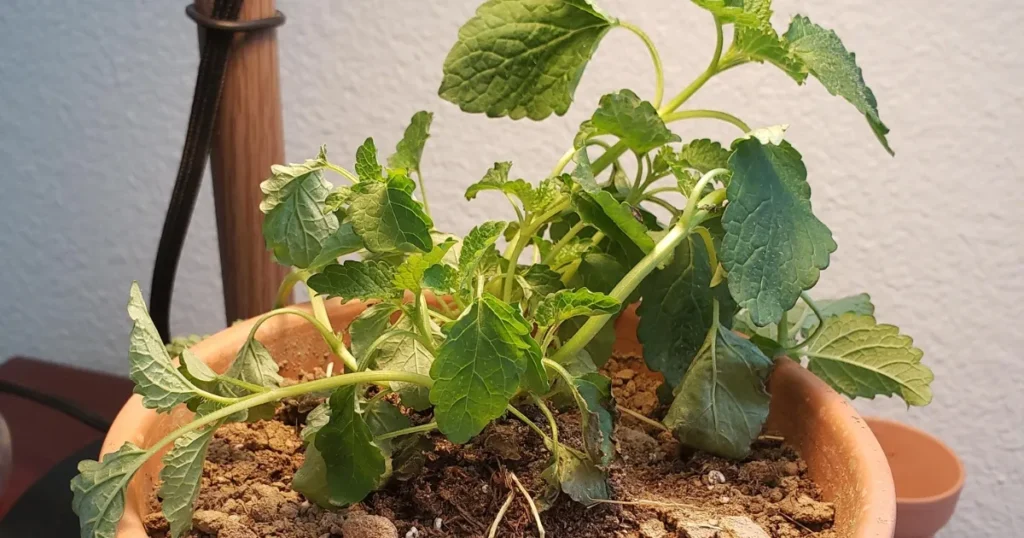
Why it’s great? This easy-growing herb thrives in partial shade and is known for its uplifting lemon scent. Brew lemon balm tea to reduce anxiety and improve your mood.
- Pros: It attracts helpful pollinators like bees and butterflies, and keeps pesky mosquitos at bay.
- Cons: Lemon balm can spread quickly, so plant it in a pot or with a barrier to keep it contained.
9. Sage
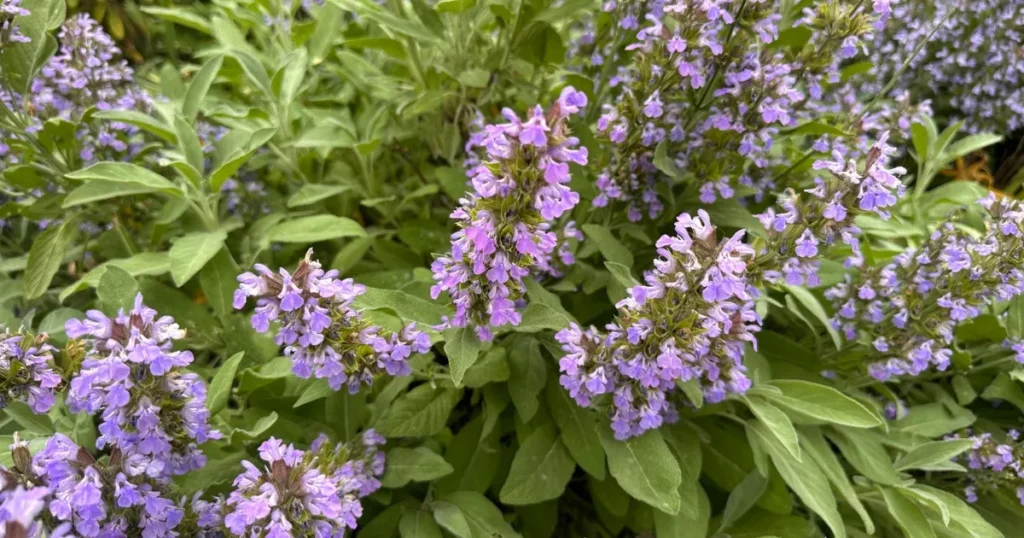
Why it’s great? This beautiful herb loves full sun and can help ease symptoms of menopause, like hot flashes. Brew sage tea to experience its soothing effects.
- Pros: Sage tolerates dry conditions and has attractive foliage that adds visual interest to your space.
- Cons: If not pruned regularly, sage plants can become woody and less productive.
10. Calendula

Why it’s great? These vibrant marigold flowers bloom in cooler weather and have amazing skin-healing properties. Use calendula petals in salves to treat rashes, minor cuts, and other skin irritations.
- Pros: Calendula is easy to grow from seed and keeps blooming throughout the season.
- Cons: To encourage continuous flowering, deadhead spent blooms regularly (remove the faded flowers).
11. Basil

Why it’s great? This fast-growing herb thrives in warm weather and is known for its calming properties. Enjoy fresh basil leaves in salads or pesto to help reduce stress.
- Pros: With many varieties to choose from, there’s a perfect basil for every taste. Plus, it’s a staple in many cuisines.
- Cons: Basil dislikes cold temperatures and needs regular harvesting to encourage growth.
12. Ginger
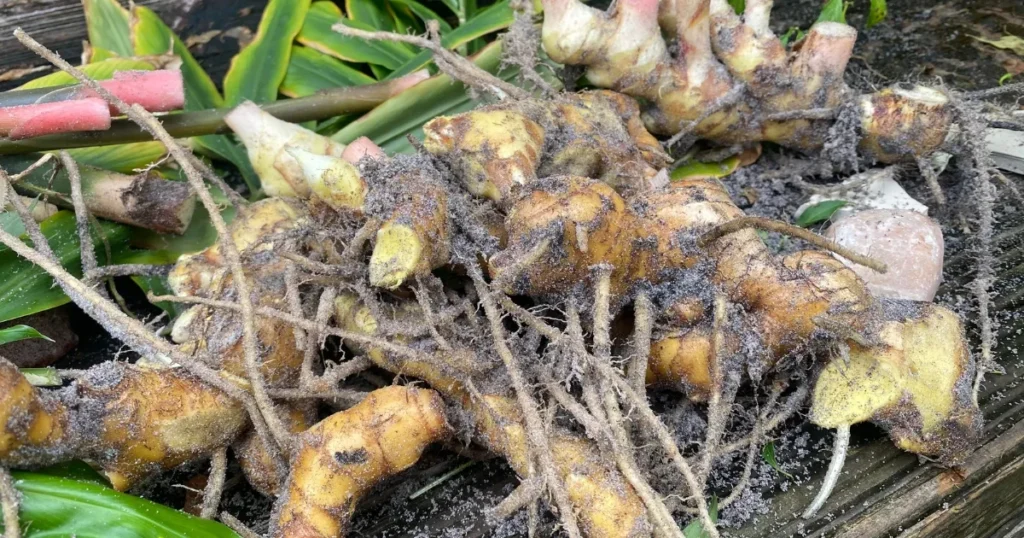
Why it’s great? This flavorful root is a natural remedy for nausea and motion sickness. Grow ginger in pots indoors and use fresh pieces to make tea for a soothing effect.
- Pros: You can enjoy the benefits of ginger year-round by growing it indoors.
- Cons: Ginger is a slow grower and prefers rich, well-draining soil.
13. Turmeric

Why it’s great? This golden spice, a relative of ginger, boasts powerful anti-inflammatory properties. Add turmeric to curries, smoothies, or scrambled eggs to reap its health benefits.
- Pros: Turmeric not only offers health benefits but also has beautiful, leafy foliage that adds a decorative touch.
- Cons: Unfortunately, turmeric thrives in warm climates and may require a greenhouse to flourish in cooler areas.
14. Garlic
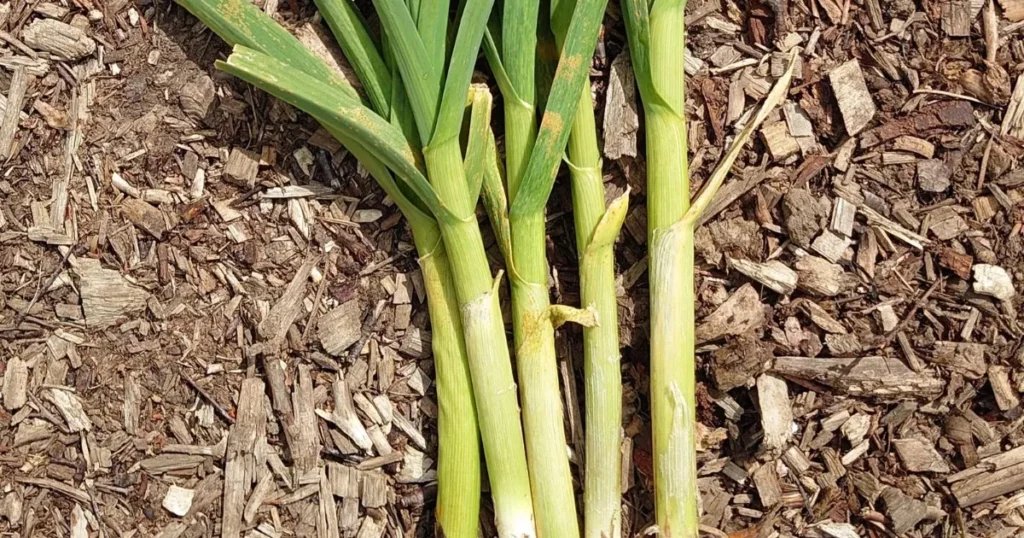
Why it’s great? This versatile flavor bomb is not just delicious but also known to support heart health. Plant garlic in the fall for a summer harvest, and enjoy it raw or cooked.
- Pros: Garlic is a low-maintenance plant that repels pests naturally.
- Cons: Garlic plants take up space for several months before harvest.
15. St. John’s Wort
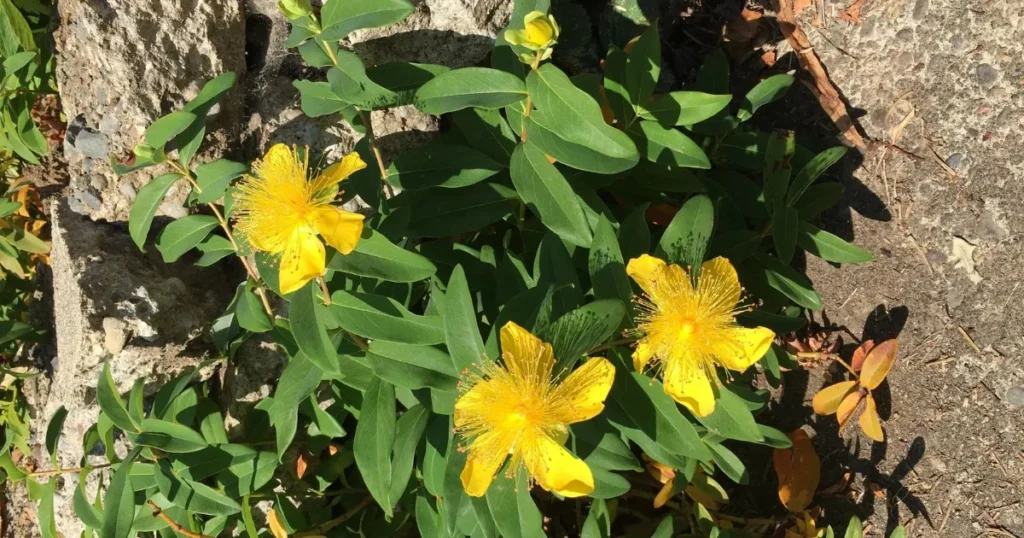
Why it’s great? This cheerful plant with bright yellow flowers can help improve mild depression. The flowers are used to make tea with mood-lifting properties.
- Pros: St. John’s Wort is tolerant of dry conditions and adds a pop of color to your garden.
- Cons: In some areas, St. John’s Wort can become invasive, so be sure to check local regulations before planting.
This YouTube video might help you extend your plant ideas.
Conclusion
This list provides just a starting point for your herbal adventure! With a little research and care, you can cultivate a thriving collection of medicinal plants right at home. These plants not only offer natural remedies for common ailments, but many also boast beautiful flowers, fragrant foliage, and culinary delights.
So why wait? Breathe new life into your home and your well-being with the wonder of homegrown medicine!

